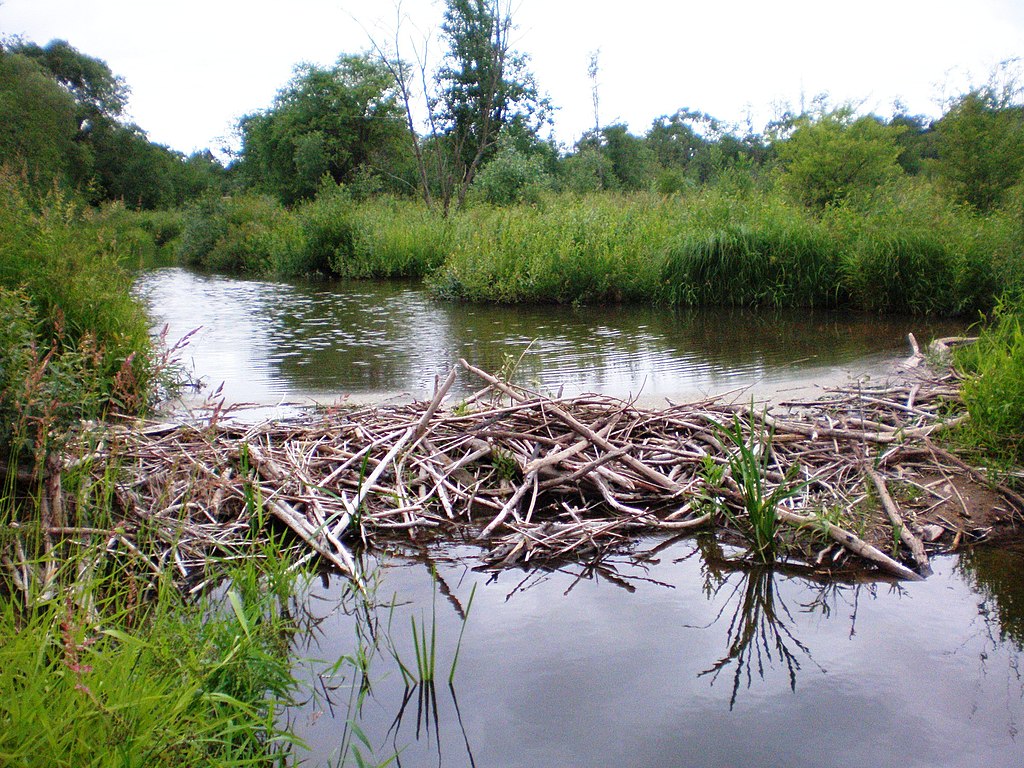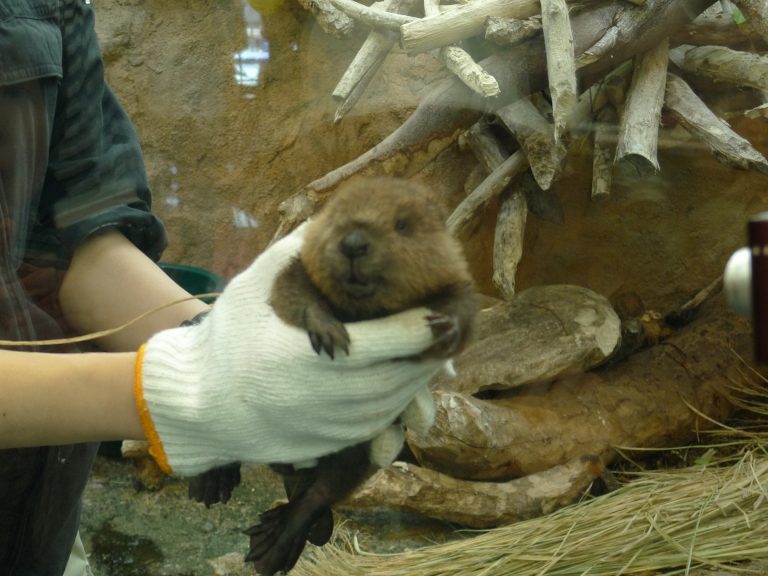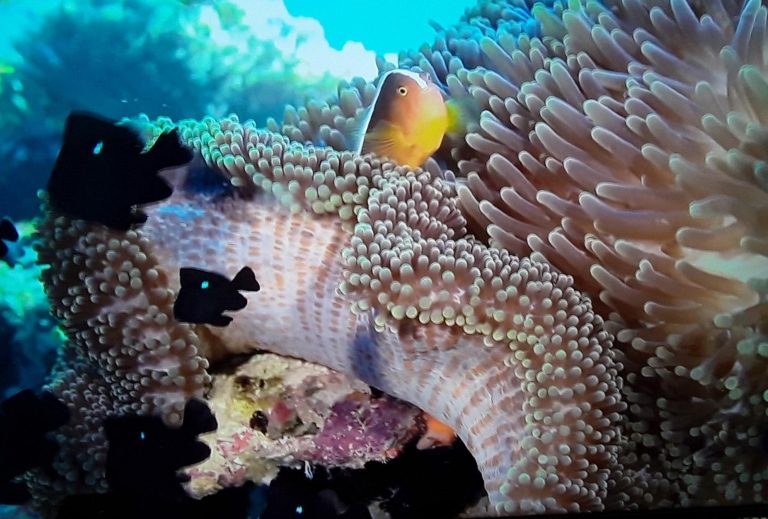The birth of a baby beaver, the first in 400 years in Exmoor Park, met with great enthusiasm by the National Trust. The charity organization based in the UK released camera footage of the infant.
The mother, named Grylls, and her 6-week-old kit were seen swimming in Somerset’s Holnicote Estate countryside enclosure. The youngster is the first one born on National Trust property. The male furbaby was called ‘Rashford’ after England’s football (soccer) player Marcus Rashford MBE, following a social media poll.
Overhunting, along with habitat loss, mainly due to farming and deforestation, led to the extermination of British beavers in the 16th century. Beavers were hunted for their glossy pelt, which was often made into hats; their flesh, which has been likened to pork; and ‘Castoreum,’ a secretion with a musk-like scent produced by male and female beavers to mark beaver territory used extensively in perfumes and medicines.
Thanks to conservation efforts, the semi-aquatic creatures once native to the United Kingdom have begun to recover via reintroduction.
Naturalists believe beavers are “ecosystem engineers,” helping to improve river catchments’ health and function. For example, the Wetland habitats restored by beavers regulate flow and have the capacity to soak up water during droughts, thus capturing organic sediments.Beaver dams can also slow the water flow to help prevent flash floods and enhance downstream water quality.

Success
You are now signed up for our newsletter
Success
Check your email to complete sign up
The beavers’ activity on the 2.7-hectare Estate enclosure has turned a neglected forest into a wetland in only 18 months. The novel surroundings have brought an increase in wildlife, including dragonflies, kingfishers, owls, moorhens, and woodpeckers to the area.
Ben Eardley, project manager for the National Trust at the Holnicote Estate, commented, “The transformation of the habitat has been remarkable. To go from dry unmanaged woodland to a more open wetland complex in such a short time has not only boosted the variety of wildlife that we’re seeing on the estate but also numbers.”
Jack Siviter, ranger on the Holnicote estate, said, “We first had an inkling that our pair of beavers had mated successfully when the male started being a lot more active building and dragging wood and vegetation around the site in late spring. The female also changed her usual habits, and stayed out of sight, leaving the male to work alone. It was then several weeks until we spotted her again, and this is when our suspicions were confirmed that she had given birth, due to having very visible teats.”
“We are particularly pleased for our female, nicknamed Grylls due to her survival instincts, as she didn’t have the easiest start to life, being orphaned at an early age. As a first-time mum she seems to be thriving and it’s great to see her with her new kit,” he added.
“The family should now stay together for the next two years before the kit will want to go off to create a new territory of its own—when it will be relocated into another enclosure or a wild release site if regulations permit in the near future.”
The Beaver reintroduction project is being closely watched, with assistance from Exeter University and others, to document any changes in the environment.
















